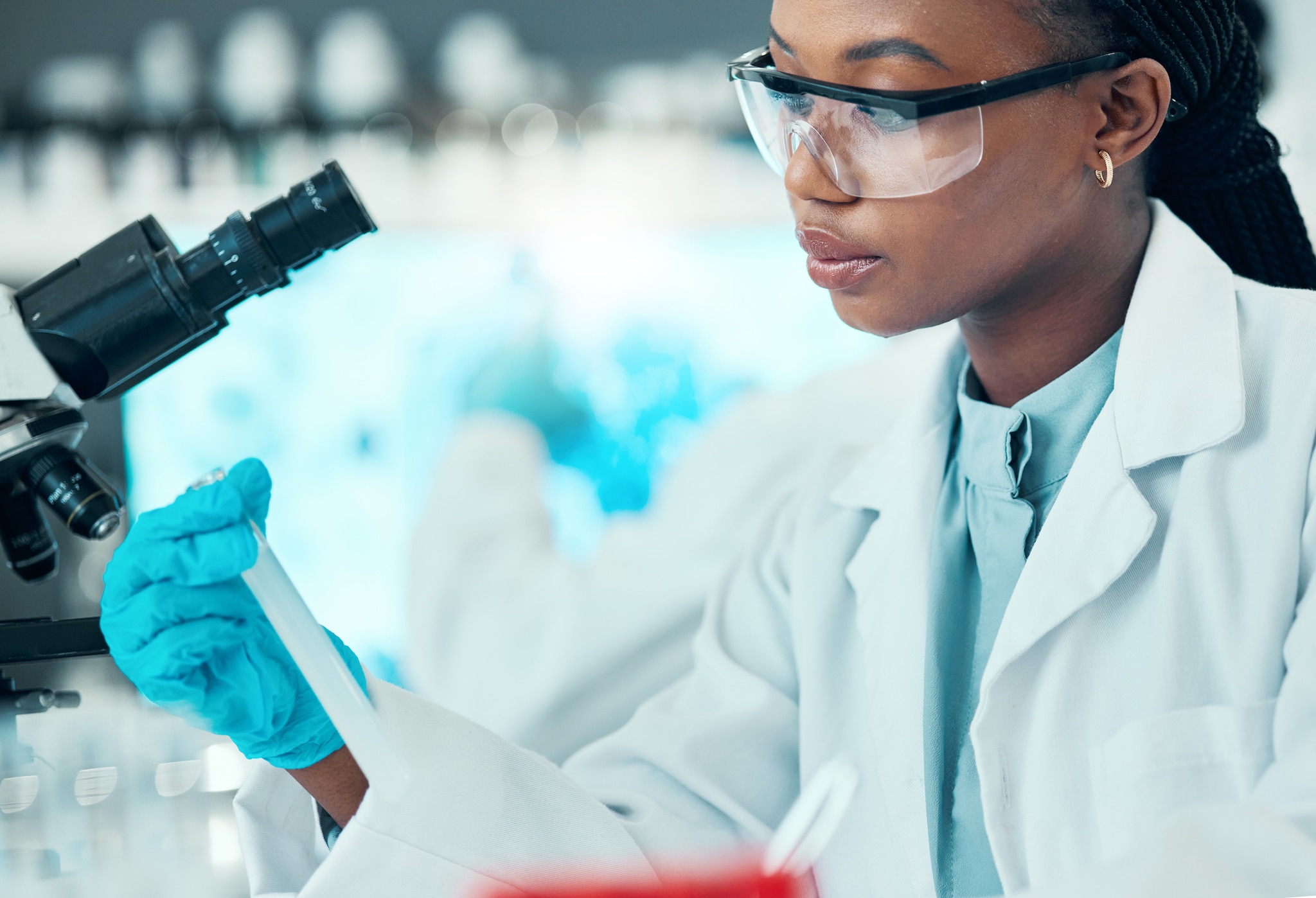Safety Guidelines for Working with C. auris isolates
- Safety steps are recommendations for when the laboratory is working with known or suspected Candida auris isolates.
- All safety procedures should conform to your institution's safety policy.
- These steps are not meant to supersede your institution's methods and policies.
Lab safety considerations for C. auris
- Follow your institution's policy on use of personal protective equipment (PPE), but use, at minimum, a lab coat and gloves, and eye protection if spatter or splash may occur.
- Use a biological safety cabinet (BSL2) when manipulating known or suspected C. auris isolates. C. auris can contaminate surfaces extensively, and it is difficult to eradicate. We do not know if C. auris can colonize the skin of otherwise healthy people.
- To disinfect surfaces contaminated with C. auris, use a product with Environmental Protection Agency (EPA) approval specifically for C. auris. Note that the list of products approved by EPA is being updated as more is learned about this emergent pathogen. The most recent list of approved products can be found in CDC's environmental disinfection guidance. It is important to note that products with C. albicans or fungicidal claims may not be effective against C. auris, and accumulating data indicate products solely dependent on quaternary ammonium compounds are NOT effective.
- Remove PPE and clean your hands before leaving the laboratory, according to your institution's policy and methods.
- Dispose of contaminated materials as infectious waste following your institution's standard guidelines.

